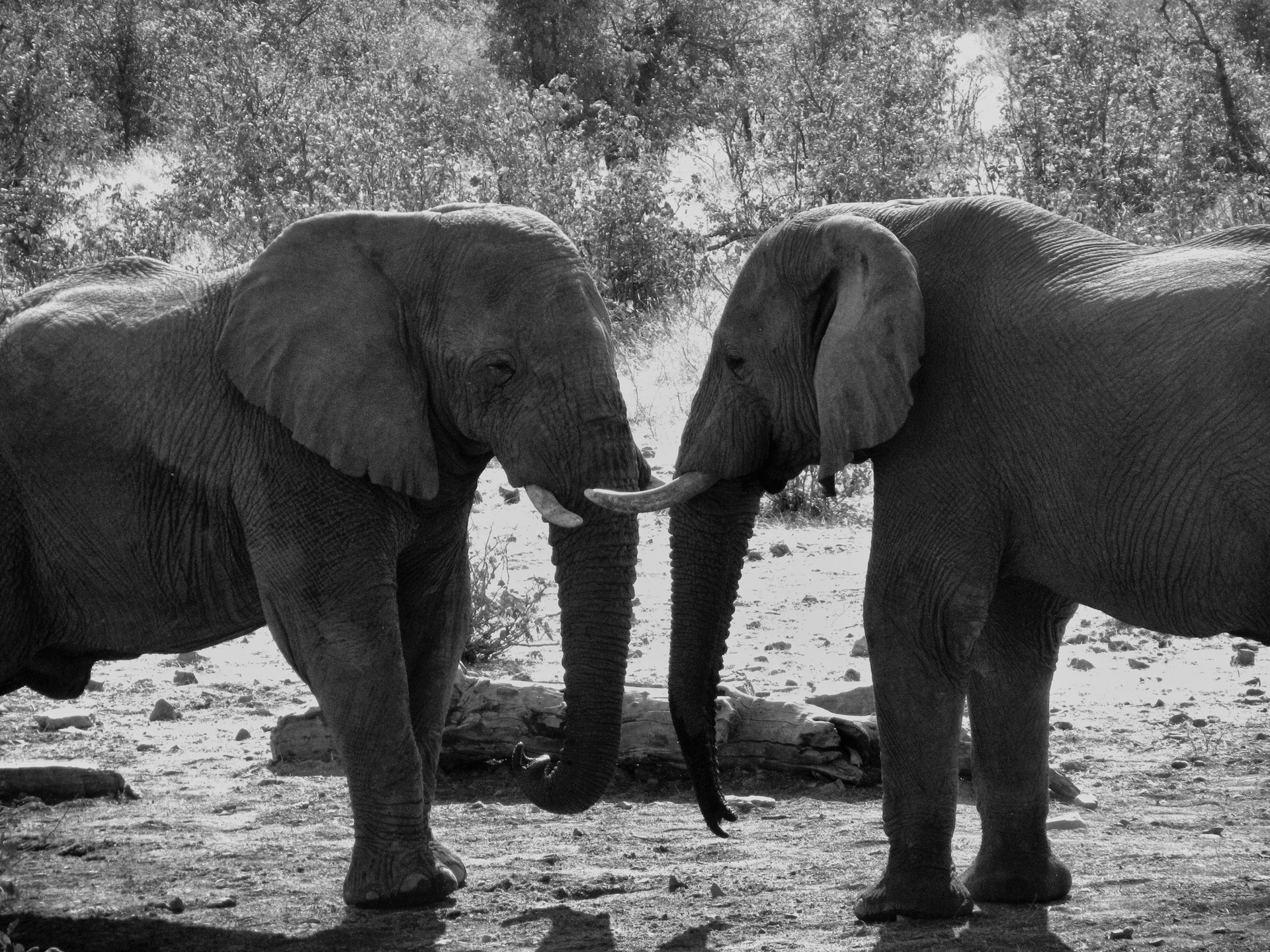Where's the Elephant?
The elephant is in the room and it’s leadership culture:
- Awaken the desire to change, in the executive
- Lead successful change in the organisation
- Our goal for the organisation
- Our goal for the products

1. To awakening the desire to change, in the executive, we take what we like about ourselves and multiply it.
As executives, our key resources are our skills and talents, and their multipliers are our environment (support organisation, information filtering and access, noise reduction) and their deployment (skills and talents).
An executive business process optimisation addresses these four factors, but is challenging to carry out, because it requires an honest assessment of interpersonal interactions and thus the requisite degree of trust.
It’s easier to see in an example:
Environment view would demand a project management team, a PA; a CTO technical team to offset his/her sales commitments.

2. To lead successful change in the organisation we require a new change process: No strategy without tactics, tools, methods and environment.
During change, the leverage an executive has can be seen in terms of his or her role as a champion. For better results, we need a more focused and intensive process. We must break-free of the independent strategy (seen as important) and implementation (seen as the lesser) categories which currently result in strategies for top-drawers and never-to-be-achieved potentials.
Our successful future strategies better understand the culture, workforce, and their ability to positively influence value creation in products and services, effectively pulling the tactics for deployment firmly into strategy itself.
This changes a number of things:
- Fewer strategic initiatives, because we champion strategy and tactical deployment, such that the workload alone dictates that there is a limit to the number of parallel initiatives.
- No more strategy papers for the desk drawer.
- No more failed implementations, because the investment in strategy is an investment in tactics, without which there is no strategy.
- No initiatives without tools, intelligent methods and environment change.
Change in an organisation comes in waves, with ever increasing frequency. However, we often lead change as discrete events. When our organisation experiences change, there is a degree of shear that brings friction. Over time and multiple discrete change processes, this friction often develops into an organisational resistance to change: a growing lack of belief in new ideas and changes.
For future success, we have to improve upon how we deal with disruptive change. Our aim is to create a change culture that can transport discrete change events within continual cycles of change. We have found that a new ‘tools-driven‘ change enhances people’s ability to continue to contribute value, in a new environment.
We approach this in two stages: ‘how we create’ in the organisation and ‘what we create’ as products:

3. Our goal for the organisation is to improve how we create by moving from best-in-class to high performance organisations: we make change desirable by supporting the roll-out of new ideas with new tools, methods and environment.
Organisation (High Performance Organisations): Cultural change is brought about foremostly through tools and new methods.
The focus of these tools and methods must be to deliver more value, through the organisation into better products, which customers will desire, value and for which they will be willing to pay. This demands both the ability to garner in-depth understanding of customers as well as to continually disseminate this understanding to the organisation.
Throughout the value-chain, the departments and business ecosphere, we want to improve cooperation and become more effective: we create cross departmental teams with joint goals.
For departments which are traditionally avoided or often worked around, our goal is for them to become GoTo Departments.
We use intelligent Methods to ensure that the expert skills in every department are always used to deliver expert results: if you have a department of technically focused people who deliver internal IT and business services, then sales and marketing is not what they see themselves doing-they see engagement and delivery.
One of the greatest environmental factors that we can improve upon is IT technology, and one that we hope to further leverage is Digitalisation. They must both become more a resource provider (knowledge, assessment, advice (AI)) as well as an advanced management/communication tool, with a desirable user experience.
To support the uptake of Key Account Management, a strategic initiative, we changed one additional environmental factor-we brought the best people together to create the desirable IT variant of Key Account Management (KAM): an IT application that people like. It makes the customer more understandable for sales and other departments; the actions of the sales force more focused on key customer needs. Sales can leverage the product values designed to service individual customers. Now, the sales force also generates better business intelligence and feeds this into the marketing organisation. Nearly five thousand large enterprise sales people experienced this with us, in a global strategic initiative reinforced with technology.

4. Our goal for the products we create is higher delivered and earned value: the „we say:you say“ gap. The smaller the delta between how our organisation and how our customers describe our products, the more our products stand-out in the crowd.
Product (High Value Product Creation): We want to move away from a „best-in-class“ definition, because when was the last time that you heard a customer use that expression? It is a disingenuous definition. Customers perceive values, defined as they see fit. We want our products and services to have intrinsic values, which are directly associated with our company. To survive and grow, we need to nurture more global cultural values, according to which our organisation works and, which we instill in our products and services.
